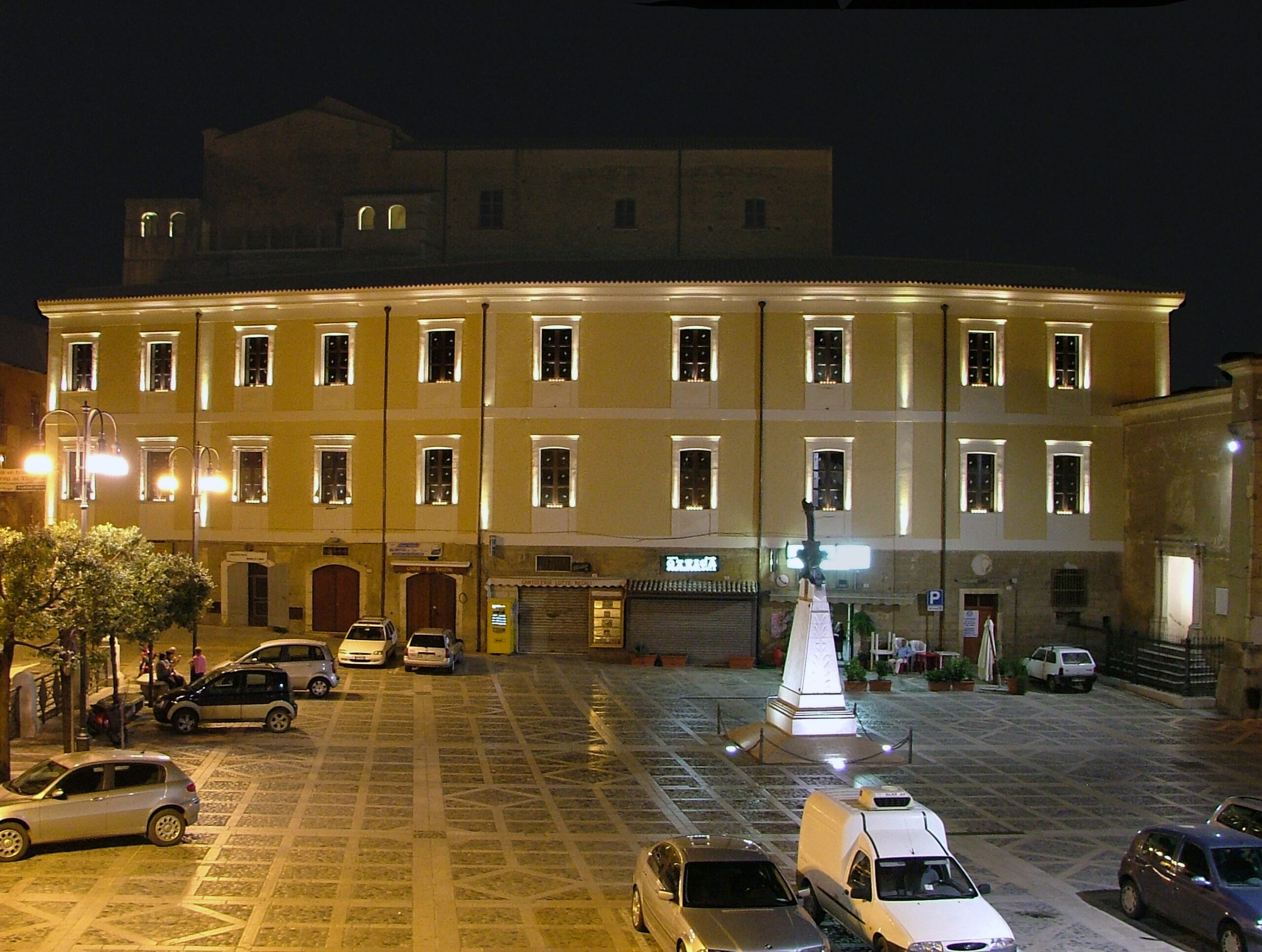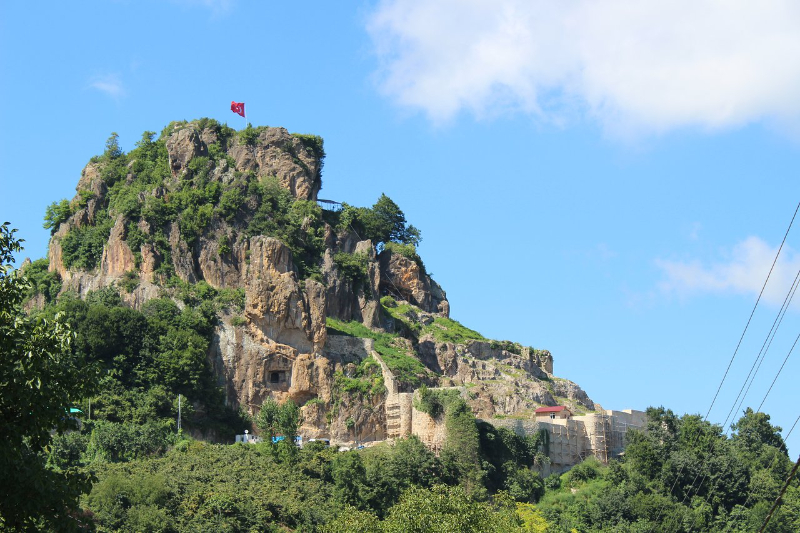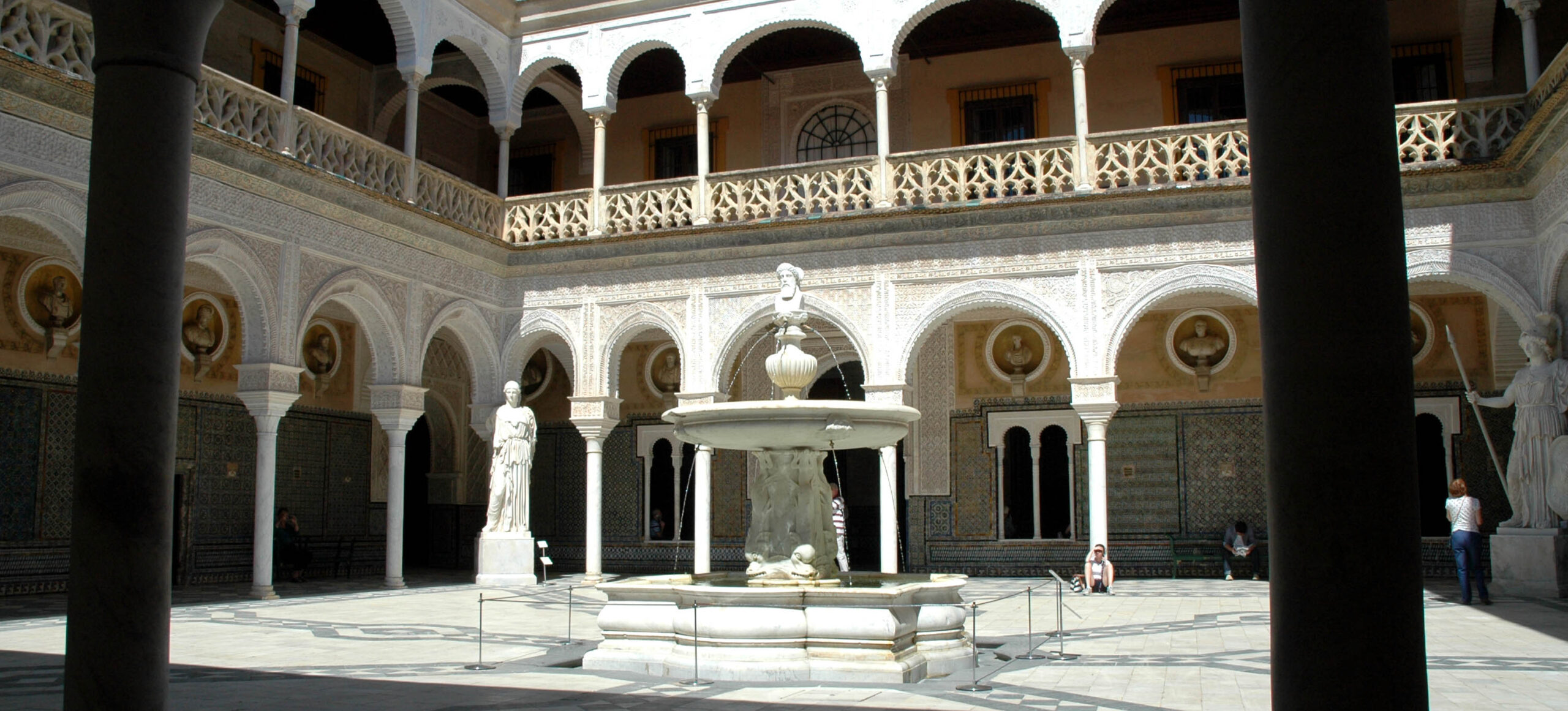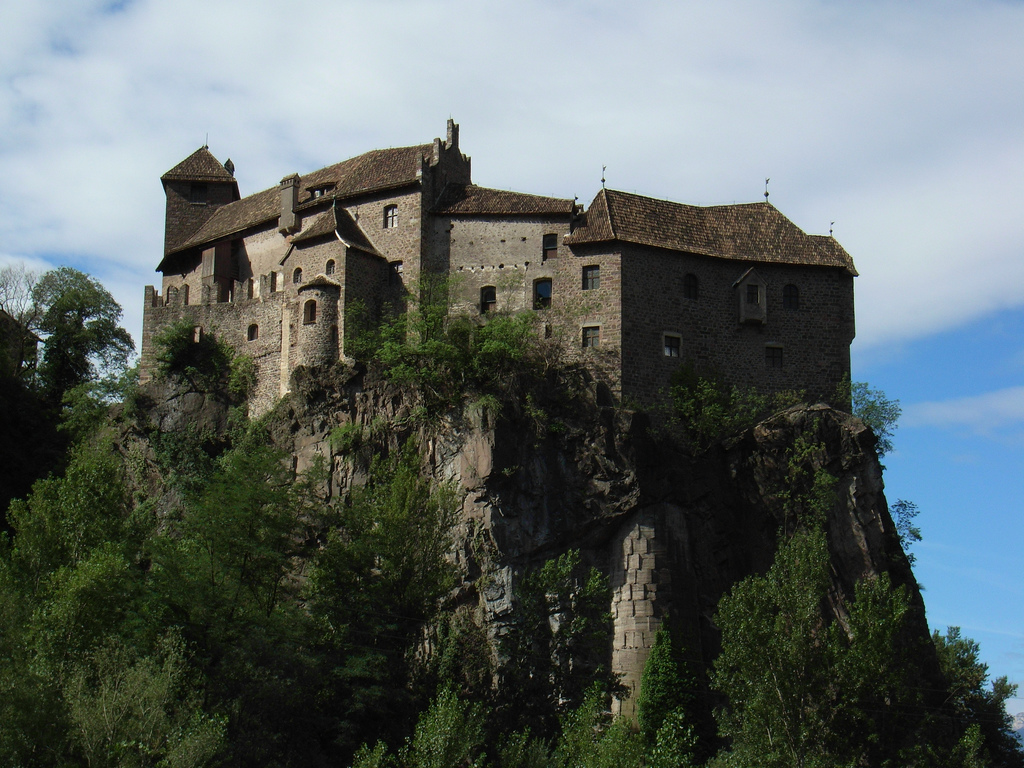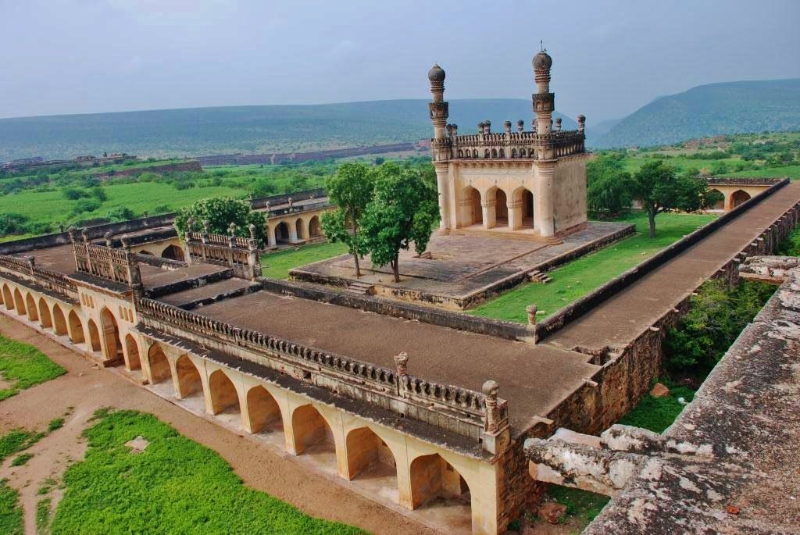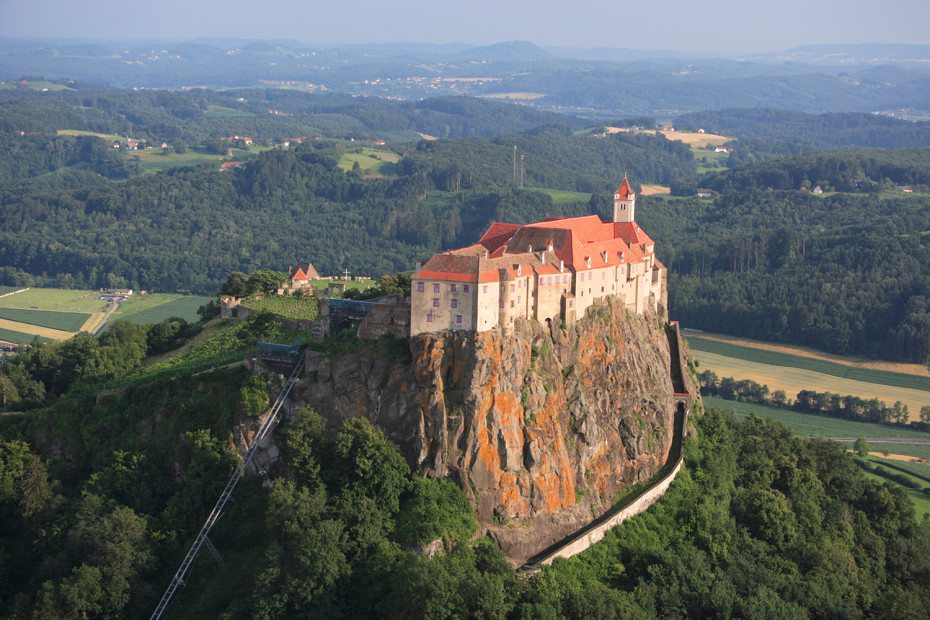The palace retains a sixteenth-century layout and is divided into rooms with wooden ceilings and paintings from the 1700s, in which a valuable collection of archaeological finds has been housed since March 2001, testifying to the importance that the Middle Basento area assumed since the Archaic age as a strategic point of road communication. From the atrium of the palace, accessed through two stone portals, there is a splendid and panoramic view of the Bradano and Basento valleys.
The original nucleus, perhaps pre-dating the 15th century, underwent extensions probably by the dukes Pignatelli and Revertera, whose 17th-century coats of arms remain on the first and second entrance doors, respectively. It consists of a projecting loggia with arches and two NE wings with towers, partly preserved, that aligned with the surrounding walls, closing off the square below and defining the feudal character of the whole. It is likely that the original large roof trusses of the palace’s rooms were replaced in the 17th century by painted wooden ceilings, one of which still depicts a scene from "Jerusalem Delivered," finished with a floral frieze. At that time, the palace was permanently inhabited by the Revertera family. Purchased in the early 1900s by Silvio Turati, a Piedmontese industrialist, along with vast former feudal estates, it became the headquarters of his farm administration.
